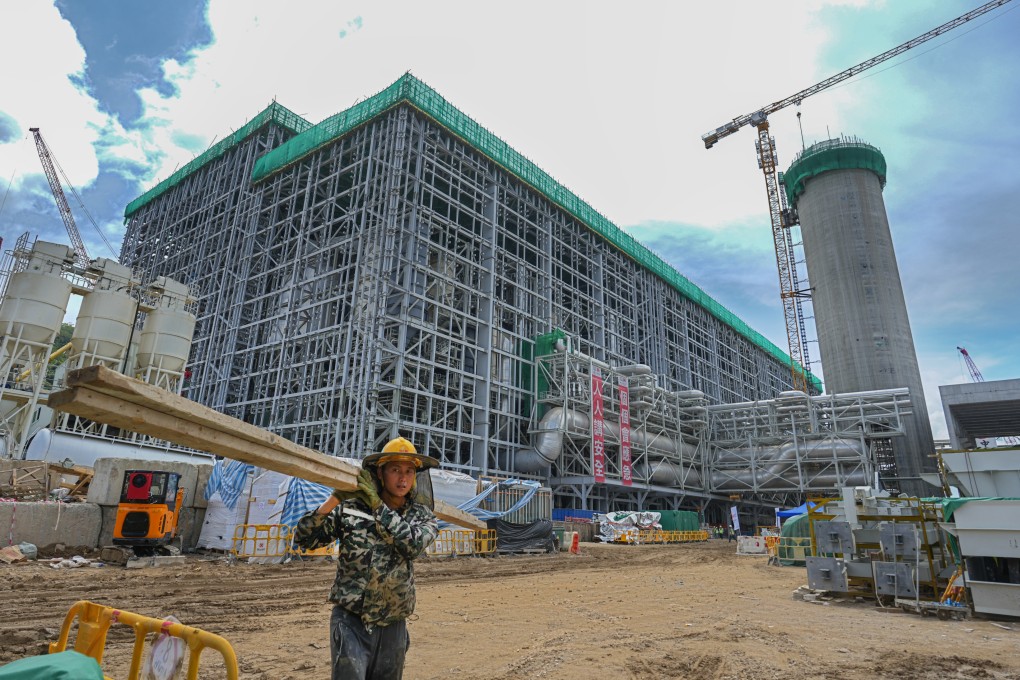Letters | Don’t rely on incinerators to fix Hong Kong’s waste problem
- Readers discuss the city’s waste disposal practices

A second incinerator, I·PARK2, could have a larger daily capacity of up to 6,000 tonnes. A third one is already being considered, but could the authorities be getting ahead of themselves?
The city disposed of a daily average of 11,128 tonnes of municipal solid waste in 2022. A medium-term target in the Waste Blueprint for Hong Kong 2035 is a 40 to 45 per cent reduction in per capita waste disposal.
Given how achievable the target is, is there a need to push the two incinerators’ combined capacity to 9,000 tonnes a day? I·PARK2 is unlikely to be running at full capacity, let alone a third facility.
Should there be excessive incineration capacity, the public may not be vigilant in practising waste reduction or recycling. Let’s not forget that the vision set out in the waste blueprint includes resources circulation.
A waste-to-energy facility generating 1 kWh of electricity produces 580g of carbon dioxide, compared to 340g generated by a conventional power plant. The authorities shouldn’t paint a rosy picture of incinerators to win buy-in.
